 | « Back to article | Print this article |
It would be larger than even in the pandemic year of 2020-2021, observes Mahesh Vyas.
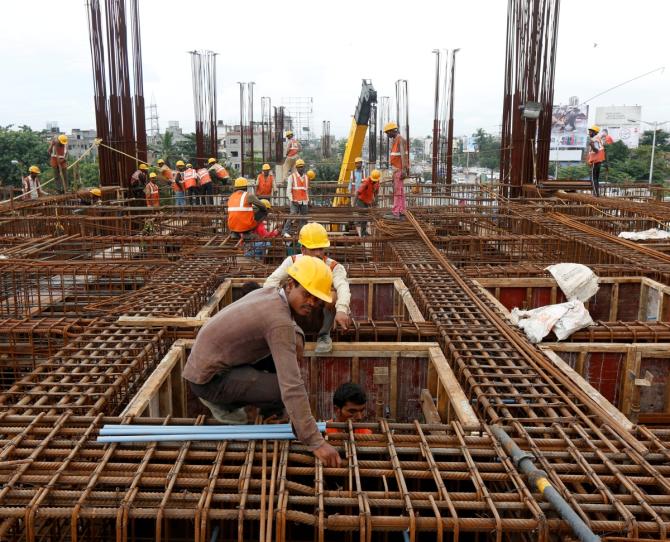
The pandemic of 2020-2021 and its concomitant lockdowns delivered a huge blow to the Indian economy and to its labour force. Both have recovered, though not similarly.
It is strange to talk of the economy and the labour force as if the two were different things.
Sadly, that is the way we usually understand the two in India.
The economy is understood in terms of GDP and its components. And, labour is considered to be something different, even tangential to or orthogonally different from GDP.
Till recently, lack of data on labour was the handicap.
Now, there is no such limitation and there is merit in seeing growth in GDP and employment together.
Real GDP is estimated to have fallen by 6.6 per cent in 2020-2021, and it bounced by 8.95 per cent in 2021-2022.
In absolute terms, the GDP (in terms of prices of a rather ancient basket of things in 2011-2012) was Rs 147.7 trillion in 2021-2022 compared to Rs 145.2 trillion in 2019-2020, before the pandemic.
Real GDP in 2021-2022 was, therefore, about 1.7 per cent higher in constant prices than it was before the pandemic was full-blown.
In contrast, employment in 2021-2022, at 401.8 million, was 1.7 per cent lower than its level of 408.9 million in the last pre-pandemic year of 2019-2020.
The economy and labour have moved not just tangentially or orthogonally to each other but divergently -- in opposite directions! Optimists may say that the economy has become more efficient in the use of labour. But, that is a travesty.
While employment shrank, the count of unemployed increased -- from 32.9 million in 2019-20 to 33.3 million in 2021-2022. But, it has not increased in line with the fall in employment.
While employment fell by 7.1 million, the unemployed swelled by only 0.4 million.
The remaining 6.7 million who lost their jobs in the aftermath of the pandemic have left the labour force, most probably in dejection over the lack of availability of employment opportunities.
The labour force shrank by 1.5 per cent, from 441.8 million in 2019-20 to 435.2 million in 2021-22.
The divergence in real GDP growth and employment growth may continue into 2022-23, although it could be much smaller.
The consensus (median value) among professional forecasters is that real GDP growth will expand by 7.5 per cent on top of the nearly 9 per cent growth recorded in 2021-2022.
What could happen to labour as the economy surges to new heights? The relationship between GDP growth and employment growth in India has not been very strong.
The employment elasticity of growth is estimated to be between 0.18 and 0.2 for the period 1993-1994 to 2011-2012 (Sangita Misra and Anoop K Suresh, RBI Working Paper 06/2014).
The employment elasticity of growth observed between 2017-2018 and 2021-2022 from the Consumer Pyramids Household Survey (CPHS) estimates of employment is very volatile.
This is because the period includes the lockdowns. Nevertheless, the average elasticity during this period works out to 0.23.
Given this history, we can safely assume that the employment elasticity of GDP growth is 0.2.
This means that if the economy expands by 7.5 per cent in 2022-2023 (as most professional economists expect it to), employment may be expected to expand by 1.5 per cent.
This in turn means that employment could grow from 401.8 million in 2021-2022 to 407.8 million in 2022-2023.
This implies that the 7.5 per cent growth in real GDP could help generate 6 million additional jobs in 2022-2023.
We expect population dynamics to lead to about 25 million additions to the working-age population in 2022-2023. If we keep the labour force participation rate constant at its 2021-2022 level of 40.1 per cent, then the labour force could be expanding by about 10.5 million in 2022-2023.
Implicitly, the demand for additional jobs in 2022-2023 is likely to be about 10.5 million.
This is 75 per cent more than the expected expansion in employment of 6 million at the 7.5 per cent real GDP growth.
This then means that the 7.5 per cent expected growth in real GDP is likely to add 4.9 million to the current stock of the unemployed.
The stock of unemployed in 2021-2022 was 33.3 million. This could rise to 38.2 million. This further implies an unemployment rate of 8.6 per cent in 2022-2023.
The projected increase in unemployment and the unemployment rate are large.
At 38.2 million, the count of the unemployed would be the largest in any year.
It would be larger than even in the pandemic year of 2020-2021.
The unemployment rate similarly would be the largest recorded in any year so far.
The employment rate may drop to 36.7 per cent from 37 per cent in 2021-2022.
A 7.5 per cent growth in real GDP on top of an 8.9 per cent growth is impressive even after discounting the fact that the 8.9 per cent was a recovery from a fall.
The problem with this growth is that it still does not generate the jobs required to absorb the additional labour that becomes available in a year. The employment elasticity of growth needs to rise.
It may be noted that the 407.8 million employment expected in 2022-2023 would still be around 1.1 million less than it was in 2019-2020, which was 408.9 million.
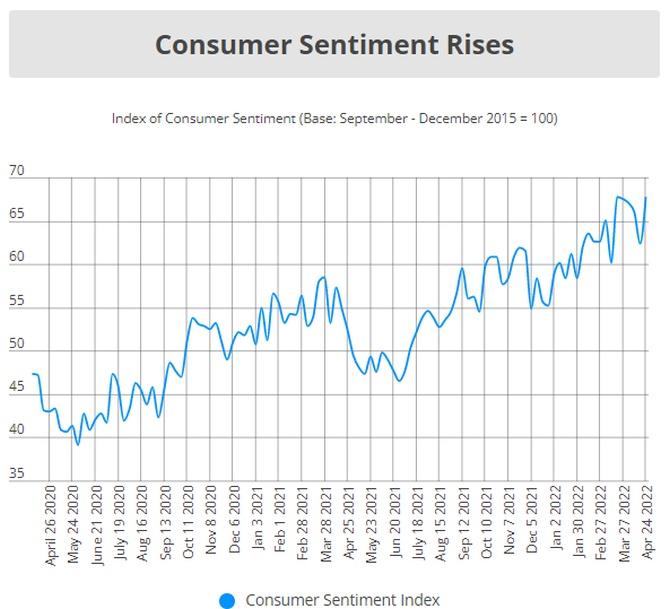
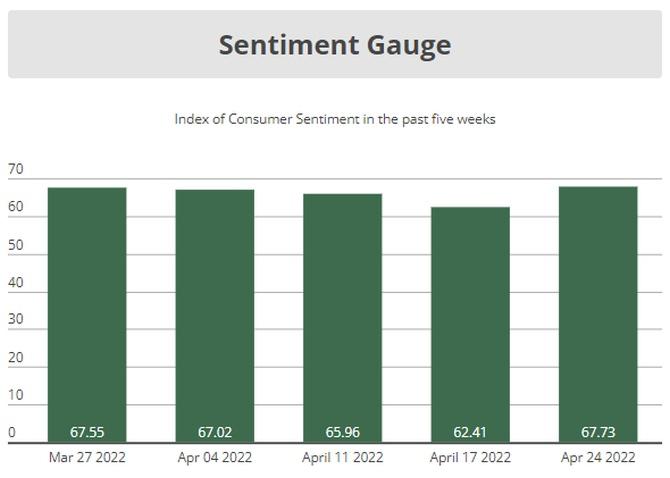
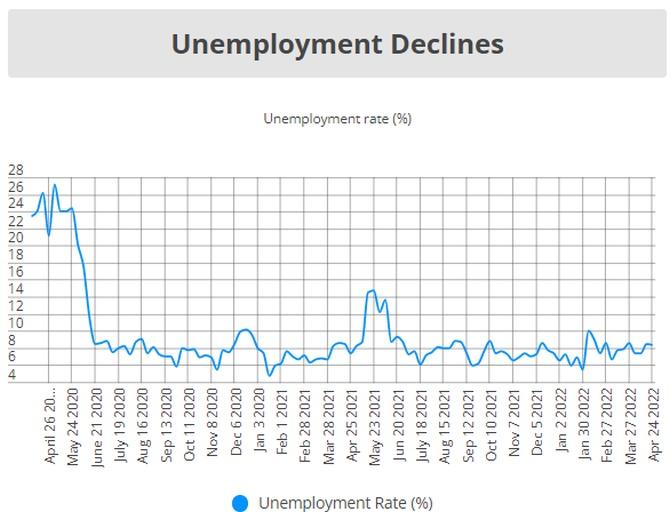
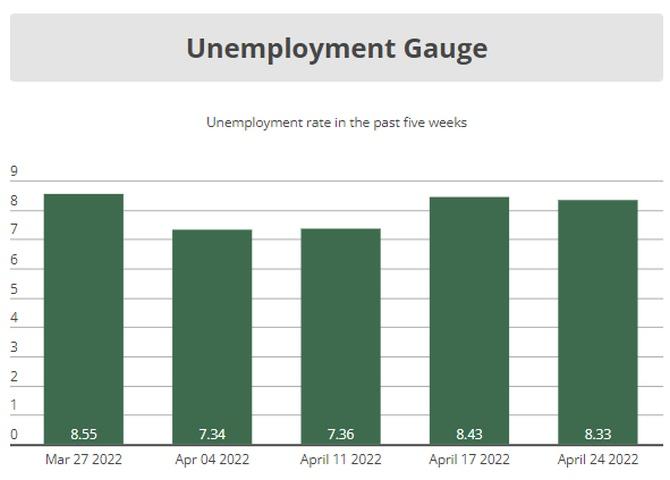
Mahesh Vyas is MD & CEO, CMIE P Ltd.
Feature Presentation: Rajesh Alva/Rediff.com